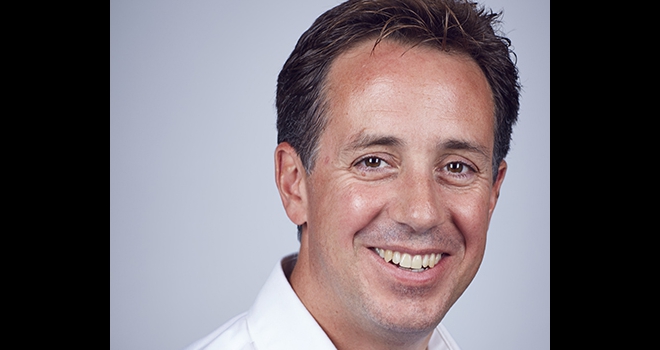
"We expect to increase headcount by around 30% over the next 12 months as we continue to grow our development and commercial platforms in particular"
CR: Your current job title is head of commercial property – what does your day-to-day role involve and what issues are affecting commercial lending in the current climate?
My time is split between looking at deals and overseeing our commercial real estate debt funds, the second of which recently closed with £230mn of commitments, which involves fundraising, risk management and client reporting. My job is to make sure that as a business, we put the various sources of capital that we manage into the best opportunities we can find, backing talented property investors on good, liquid assets. I’m lucky enough to have a team of very experienced and knowledgeable property professionals who have considerable experience as investors, asset managers and lenders, which allows us to look at complex deals, but to also respond to opportunities with a quick, informed decision.
Property is an asset class that has really come of age during my working life. Once upon a time, property was the poor relation to fixed income and equities, but today it is an internationally traded asset class and a key part of any institutional investment strategy.
Whilst we are always considerate of the wider macro landscape, the specific issues affecting property today are generally positive: a broader, international equity base and a more diversified debt market. Information is more freely available than ever before, allowing investors and lenders to make fast and informed decisions.
CR: What are Octopus Property’s main aims or focuses in 2018?
Octopus Property will continue its mission to become the leading alternative property lender in the UK market. To do this, we need to attract and retain the best people and deliver an exceptional experience for our customers. That means making complex lending simple, reducing the friction in the lending process and being 100% dependable. We expect to increase headcount by around 30% over the next 12 months as we continue to grow our development and commercial platforms in particular; both areas where we are a long way off market saturation and where we have recently launched new products in response to market demand. Finally, we will continue to expand our network of brokers and other intermediaries that we partner with, as this will be key to helping us meet our growth targets and broaden the geographic focus of our loan book.
CR: Octopus Property recently introduced the first commercial term product by a specialist lender – why did you decide to launch the product and how has it been received?
We have offered commercial bridging loans since 2013 and that has been a growth area of our business. We did also offer a three-year term loan, but it was expensive and had early repayment charges throughout the loan. It wasn’t a very good product and as a result, we did very little business. According to last year’s De Montfort Commercial Lending Report, the commercial term market originates approximately £20bn a year and is dominated by the high street banks, who are increasingly unable or unwilling to meet borrowers’ needs.
The standard product requires capital repayment and a high day one Interest Cover Ratio, which brings down the loan amount to modest LTVs. Interest is variable, or must be fixed with a rate swap or cap. Most products have prepayment penalties throughout the term of the loan, making them inflexible. Our product is interest only at a fixed rate for the life of the loan. Our ICR is based on cover of 100% and we lend up to 65% LTV. After two years, there are no prepayment penalties. We can write a term loan in the same time it takes to write a bridging loan. The combination means that borrowers can agree a larger loan, with higher cash-on-cash returns, in less time than a bank would take. We think the product fills a gap in the market and it has been very well received by brokers and borrowers alike.
CR: How can commercial finance brokers best position themselves in 2018 – what opportunities or challenges should they be looking out for?
The recently published Cass Lending Survey shows the speed of migration of borrowers away from traditional bank finance in favour of non-bank lenders is increasing. If I was a broker, I would want to be part of that trend.
CR: If you could see one headline about the financial services sector in 2018, what would it be?
“Brexit concerns prove unfounded as UK financial services sector thrives”.





